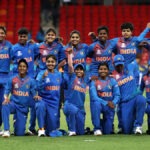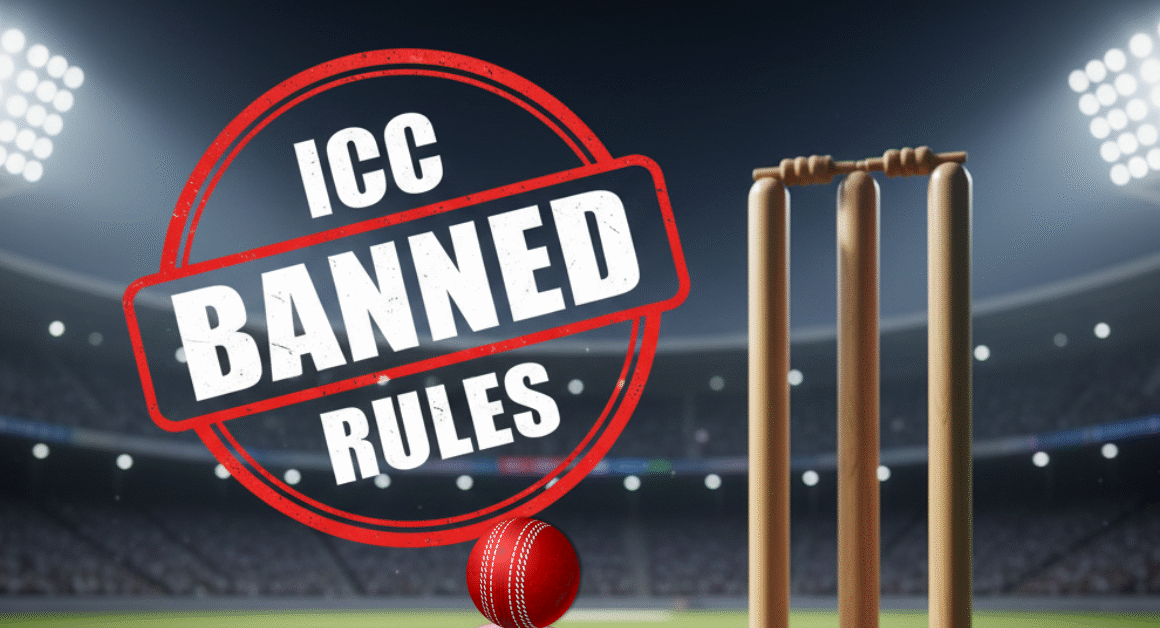DLS method in cricket is a mathematical formula used to calculate target scores in rain-affected limited-overs matches. It plays a crucial role in ensuring fairness when weather interrupts play, allowing both teams a balanced chance at victory. Developed by statisticians Duckworth and Lewis, and later refined by Stern, the method is now a standard part of international cricket.

History of the DLS Method in Cricket
Before the DLS method, cricket employed rudimentary techniques like the Average Run Rate and Most Productive Overs methods to adjust targets in interrupted matches. These methods often led to controversial outcomes, notably the 1992 World Cup semi-final where South Africa faced an impossible revised target due to rain delays. This incident highlighted the need for a more equitable solution.

The Brains Behind the DLS Method in Cricket
The DLS method in cricket was devised by British statisticians Frank Duckworth and Tony Lewis in response to the inadequacies of previous systems. Their formula was first used in international cricket in 1997 and officially adopted by the International Cricket Council (ICC) in 1999. In 2014, Australian statistician Steven Stern updated the model to better reflect modern scoring patterns, leading to its current name: the Duckworth-Lewis-Stern method


What is the DLS Method?
The DLS method calculates revised target scores in limited-overs cricket matches interrupted by external factors like weather. It considers two key resources: the number of overs remaining and the number of wickets in hand. By analyzing these resources, the method sets a fair target for the team batting second, ensuring the match remains competitive despite interruptions.

How is the DLS Target Calculated?
The calculation involves determining the percentage of resources each team has at various stages of the match. These percentages are derived from historical data and statistical models. When a match is interrupted, the DLS method assesses the resources lost and adjusts the target score accordingly. While the exact computations are complex, the principle ensures that the revised target reflects the match situation fairly

Key Features of the DLS Method
Fairness: Provides equitable target scores considering overs and wickets.
Adaptability: Applicable to both One Day Internationals (ODIs) and Twenty20 matches.
Regular Updates: The model is periodically refined to align with evolving scoring trends in cricket.
Frequently Asked Questions (FAQs)
Q1: Why was the DLS method introduced?
A: To address the shortcomings of previous methods that often led to unfair outcomes in rain-affected matches.
Q2: Is the DLS method used in all cricket formats?
A: It’s primarily used in limited-overs formats like ODIs and T20s.
Q3: Can teams predict DLS targets during a match?
A: While the exact calculations are complex, teams use software and tools to estimate potential DLS targets in real-time.
Q4: Has the DLS method faced criticism?
A: Like any system, it has its critics, but it’s widely accepted as the most equitable solution for interrupted matches.












